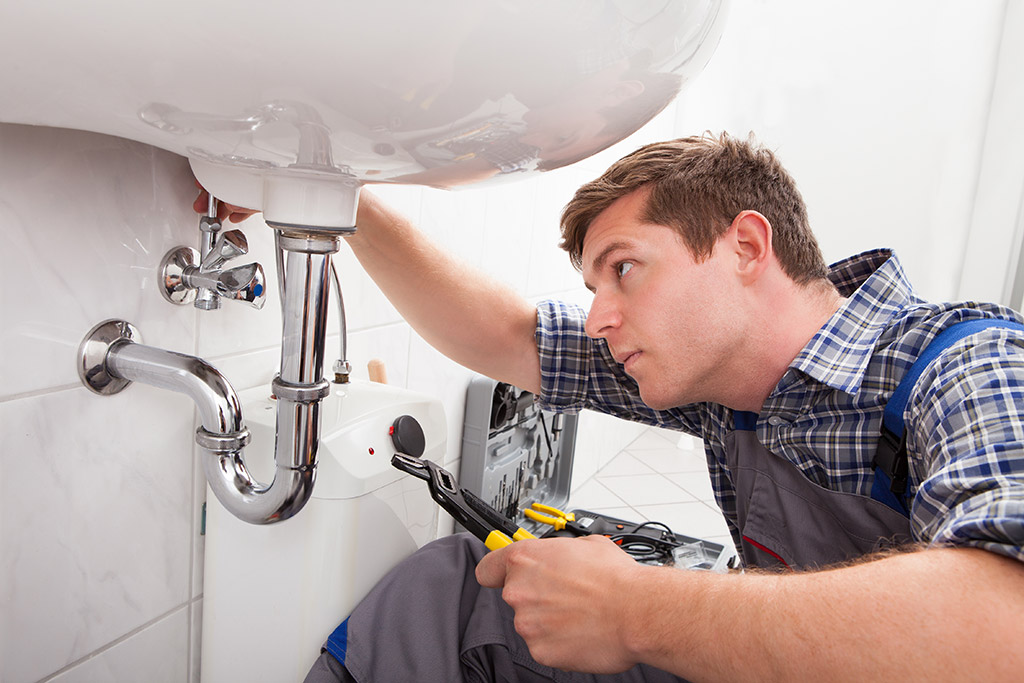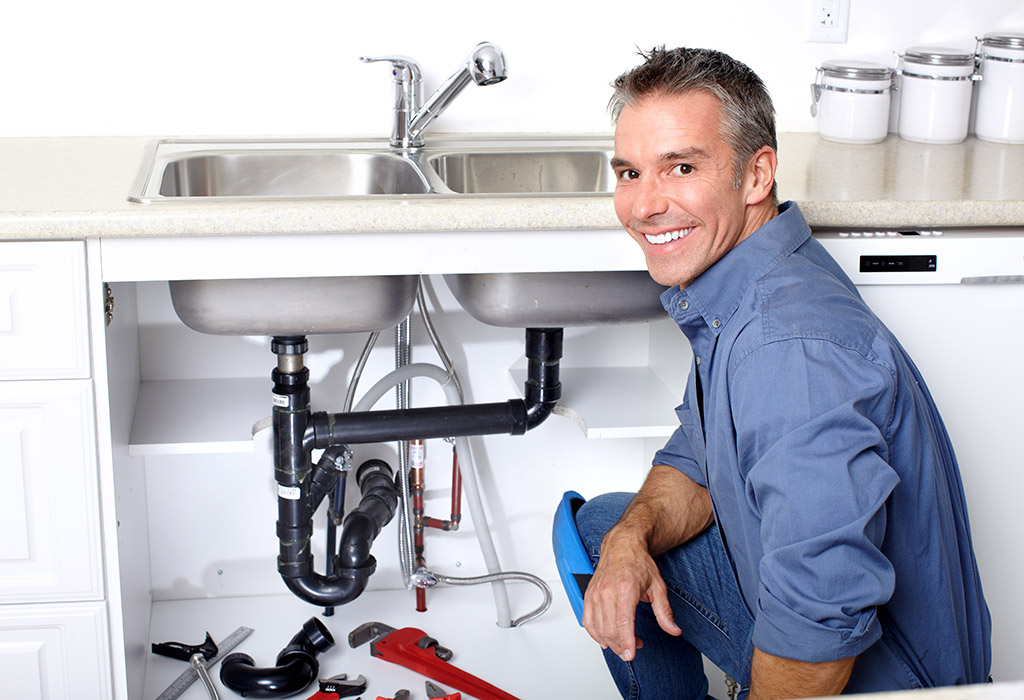Vital Plumbing Alabaster AL Tips for Homeowners
Vital Plumbing Alabaster AL Tips for Homeowners
Blog Article
A Detailed Guide to Efficient Water Heating System Setup for Optimal Efficiency
Getting started on the job of installing a water heating unit is a venture that requires precision and an organized technique for achieving optimal performance. As you continue, the intricacies of linking water supply lines and setting up reputable electrical or gas connections await, promising understandings into ensuring efficiency and integrity.
Selecting the Right Hot Water Heater

Next, think about the dimension and ability of the hot water heater. It's crucial to assess your house's warm water demands, which can differ based upon the variety of occupants and their usage patterns. A system that's also little may cause not enough warm water, while an oversized model may lead to unneeded power usage.
Efficiency scores likewise play a critical duty in selection. Seek water heaters with high Power Element (EF) scores, suggesting superior efficiency and decreased power use. Tankless versions, though commonly a lot more expensive in advance, offer considerable energy cost savings in time because of their on-demand home heating capacities.
Preparing the Installation Area
Prior to mounting a new water heating unit, meticulous prep work of the installment location is important. It's essential to measure the space thoroughly to fit the water heating unit's measurements, making sure ample clearance around the unit for efficient procedure and maintenance.
Check the floor for stability, as the water heater will certainly need a solid, degree surface to operate effectively. If necessary, install a drip frying pan underneath the device to capture prospective leaks or spills, preventing water damage to the surrounding location.
Furthermore, guarantee that all required tools and products are on hand before beginning the installment. This consists of products such as wrenches, screwdrivers, a level, and any type of added hardware needed for installing and protecting the heating unit. A well-prepared setup area establishes the foundation for a successful water heater arrangement, optimizing performance and security.
Connecting Supply Of Water Lines
When linking water lines to your recently mounted hot water heater, it is crucial to make certain that all links are leak-free and protected to preserve reliable operation and prevent water damage. Begin by determining the cool and warm water lines. The cool water inlet is typically noted with a blue tag or a "C", while the warm water electrical outlet is marked with a red label or an "H".
Usage adaptable hot water heater ports to assist in an easier installment process. These ports can soak up vibration and enable small activity, decreasing the threat of leaks. Before connecting the ports, position a plumbing professional's tape around the threaded ends of the water heating unit's inlet and electrical outlet pipes - Plumbing Alabaster AL. This tape acts as a sealer, avoiding leaks. Thoroughly link the versatile tubes to the particular inlet and electrical outlet, making sure that they are not over-tightened yet tight, which might harm the strings.
When links are in place, gradually turn on the primary supply of water shutoff. Inspect each link for leaks by aesthetically examining and feeling for moisture. Tighten links as needed, and guarantee the pressure safety valve is correctly set up, safeguarding versus too much stress build-up.
Setting Up Electrical or Gas Links
Correctly establishing up the electric or gas connections for your water heating unit is a critical step to guarantee safe and efficient procedure. For electrical water heating systems, begin by validating that the electric circuit is compatible with the heating unit's voltage and amperage demands.
For gas hot water heater, safety and security is paramount. Validate that the gas supply is off before continuing. Attach the gas line to the water heating unit using an adaptable gas connector, guaranteeing it is effectively threaded and secured with pipe joint compound or Teflon tape suitable for gas links. Tighten up the connections with a wrench, taking care not to over-tighten (Plumbing Alabaster AL).
When links are made, inspect for any type of potential leaks. For gas lines, use a soapy water option to the joints; bubbles indicate a leakage. For electric connections, double-check that all circuitry is safe and secure and appropriately shielded, keeping compliance with neighborhood electric codes.
Changing and evaluating for Performance
With the electric and gas links safely in area, the next action is examining the operational efficiency of your hot water heater. Begin by meticulously turning on the water system and making certain there are no leaks at any of the shutoffs or joints. As soon as verified, proceed to fill up the tank, taking note of the pressure and temperature setups. It is a good idea to establish the thermostat to an advised temperature level of around 120 ° F(49 ° C) to stabilize power efficiency and convenience.
Following, carry out an extensive examination to official statement ensure the burner or burner are operating properly. For electrical heaters, make use of a multimeter to confirm if the elements are attracting the appropriate current. In gas designs, observe the burner fire; it ought to be blue and stable, suggesting effective burning.
Adjust the setups as necessary to eliminate inadequacies. Take into consideration implementing insulation steps, such as adding a water heater covering, to further enhance performance by lessening warmth loss. Additionally, check the anode rod's problem, as a shabby pole can minimize performance and cause storage tank deterioration.
Final Thought
Effective water heating system installation is vital for ensuring optimal performance and power savings. Securely attaching water supply lines and thoroughly setting up electric or gas links reduce potential issues.

Correctly setting up the electrical or gas links for your water heating system is a crucial step to guarantee efficient and risk-free procedure. For electric water heating units, begin by verifying that the electric circuit is suitable with the heating system's voltage and important link amperage needs. Connect the gas line to the water heating system using an adaptable gas connector, guaranteeing it is effectively threaded and sealed with pipeline joint substance or Teflon tape ideal for gas connections.
Report this page